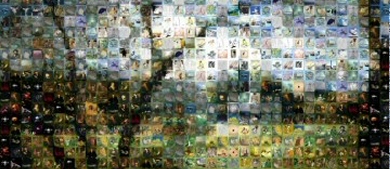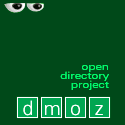Google App Engine lets you run your web applications on Google’s infrastructure. App Engine applications are easy to build, easy to maintain, and easy to scale as your traffic and data storage needs grow. You can serve your app from your own domain name or from a free name on the appspot.com domain.
Google App Engine supports apps using standard Java technologies, including the JVM, Java servlets, and the Java programming language—or any other language using a JVM-based interpreter or compiler, such as JavaScript or Ruby. App Engine also features a dedicated Python runtime environment, which includes a fast Python interpreter and the Python standard library. The Java and Python runtime environments are built to ensure that your application runs quickly, securely, and without interference from other apps on the system.
App Engine costs nothing to get started. All applications can use up to 500 MB of storage and enough CPU and bandwidth to support an efficient app serving around 5 million page views a month, absolutely free. When you need more resources and enable billing for your application, your free limits are raised, and you only pay for resources you use above the free levels. There are no set-up costs and no recurring fees. The resources your application uses, such as storage and bandwidth, are measured by the gigabyte, and billed at competitive rates. You control the maximum amounts of resources your app can consume, so it always stays within your budget.
The Java runtime environment uses Java 6, the App Engine Java SDK supports developing apps using either Java 5 or 6. The Python runtime environment uses Python version 2.5.2. Additional support for Python 3 is being considered for a future release. App Engine provides a powerful distributed data storage service that features a query engine and transactions. Just as the distributed web server grows with your traffic, the distributed datastore grows with your data. You can register up to 10 applications per developer account.
SDK’s are available for Java and Python, a plugin for Eclipse exist, Getting Started guides and other documentations are available at the Google App Engine website.
Informations about prices, billing and budgets are also available on the website. A direct access to the login page is here.


